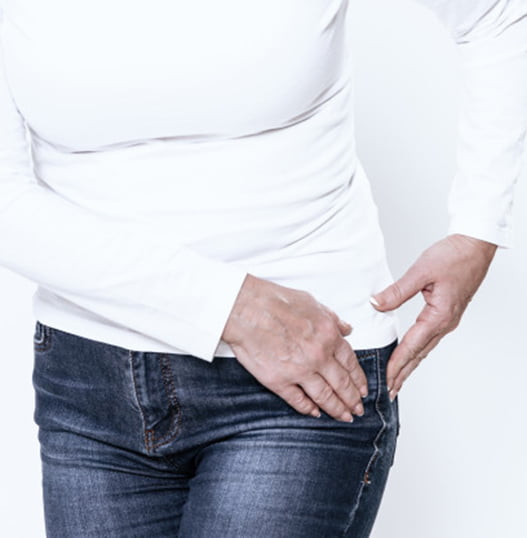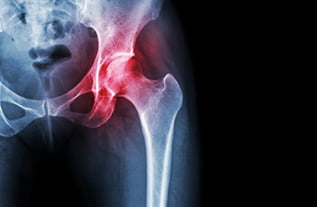HIP PAIN
The hip is our strongest and most stable joint. Pain in the hip is often caused by imbalances of the spine or knees, obesity, and age. As wear and tear takes its toll on your body, the hip compensates and the bone and cartilage begin to degenerate.
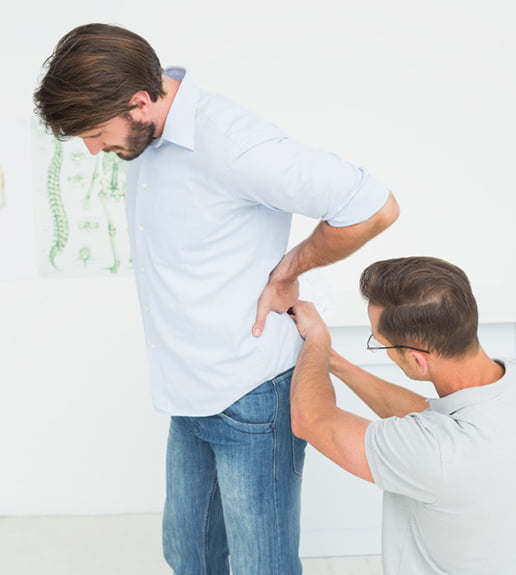
Types of Hip pain
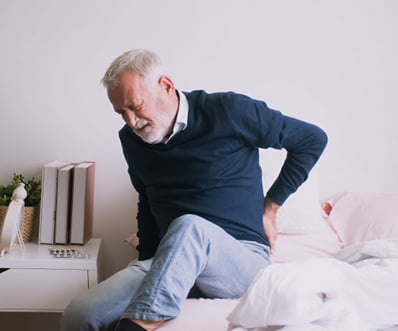
Chronic
Chronic pain at rest
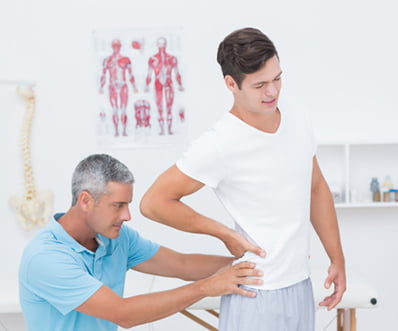
Acute injury
Acute pain with activity
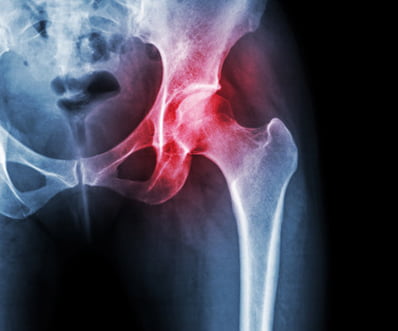
Referred pain
Radiates or spans to lower back, IT band or knees
Causes of Hip pain
- Laxity of tendons and ligaments
- Fractures of leg or hip
- Dislocation
- Rheumatoid arthritis (autoimmune disease)
- Dysplasia
- Wear and tear
- Pinched nerves
- Sciatica
- Bursitis
- Osteoarthritis
- Laxity or strain (stretched or torn) muscle, tendon, or cartilage such as the hip flexor or labrum
- IT (Ilotibeal) band syndrome
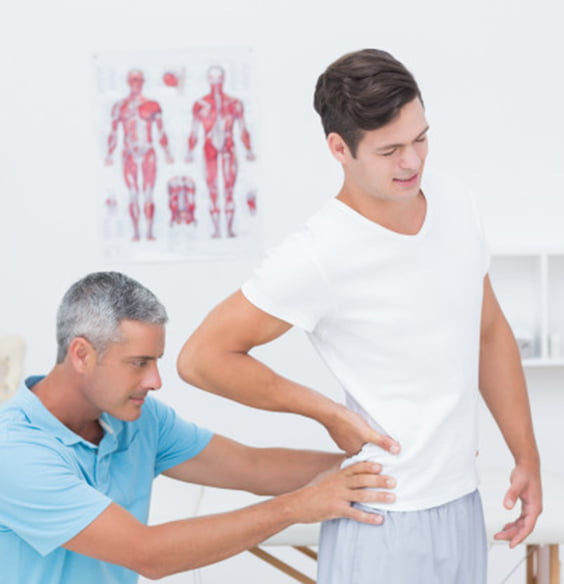
Symptoms of Hip pain

- Immobility, stiffness, or limping
- Grinding sensation
- Popping sensation
- Groin, knee, or low back pain
- Inflamed, warm, or swelling around the hip joint
- Tenderness
- Muscle spasms
- Difficulty sleeping
- Cramping
- Inflamed, warm, or swelling aroundthe hip joint
Complications and Risks
The condition will continue to worsen if left untreated. This imbalance can cause issues in opposing muscles and tendons resulting in further immobility and pain. As the body compensates for these imbalances, it may cause subsequent injuries to the other side of your hip as well as your knees and spine. As with any joint injury, the longer it is ignored, the harder it is to treat.
Risks Factors
- Age and occupation
- High impact sports
- Poor weight management
- Born with loose hip(s)
